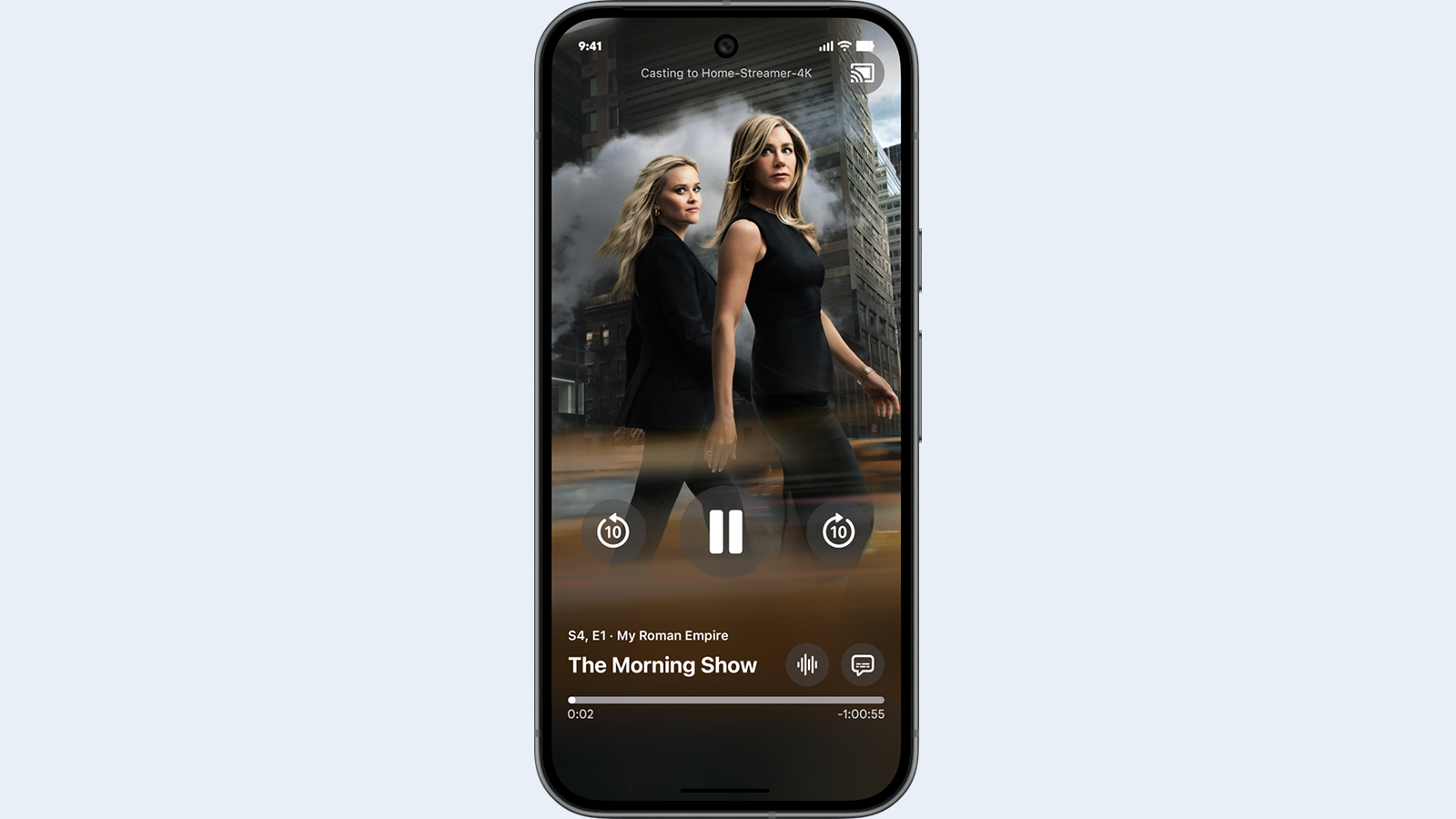Convergence and outsourcing
Broadcast has moved glacially towards finally emerging as a business focused around content. Early broadcasters felt they had to own everything, from lens to transmitter. Gradually, they have divested themselves of operations, from outside broadcasts through to transmission, by outsourcing to service providers and leaving themselves to run the core business of selling channels to the viewers and slots to the advertisers.
At the transmission end, running master control hooked up to a transmitter has become an anachronism, overtaken by multiplatform delivery. Does a broadcaster really want to be in the business of encoding, running catch-up services and running middleware content distribution platforms? Many broadcasters have decided no. Leave service provision to providers focused on providing the best service level agreement at the most competitive price.
The last decade has seen the growth of global service providers that can take content from a Hollywood studio or a broadcaster; prepare it for delivery in many languages; add subtitles or dub in the local language; and then deliver to terrestrial networks, DTH satellite, cable and IPTV, and all manner of PCs and mobile devices. Delivery may be as a linear channel or on-demand.
We have seen the growth of specialist outsourcing companies, including Encompass, Ericsson and GlobeCast with a background in running satellite and fiber networks, in content delivery. The stranger was Red Bee Media, born out of a broadcast background as the playout operations spun out of the BBC. And now Red Bee Media is set to enter the Ericsson fold.
It’s all about concentrating on what you do best. Do automakers manufacture their own tires? Do offices write their own spreadsheet software?
Many of the areas that broadcasters are outsourcing are capital intensive: building trucks, towers or content distribution networks. The move from over the air to multiplatform IP delivery has added a whole new complexity to broadcast operations, and as broadcasters grapple with new entrants such as YouTube and Netflix, their focus should be quite naturally on brands and content.
To me, this is growing up, accepting that a business can’t do everything. Instead, partner with other companies to mutual benefit thus freeing management to concentrate on growing the core business in the face of global competition.
The professional video industry's #1 source for news, trends and product and tech information. Sign up below.
Many years ago, I worked in what would become an outsourced transmission provider. At the heart of the BBC’s Television Centre in West London was a suite of rooms including network control and presentation. Up to 15 people were needed to run one network, playing out from videotape, checking timing of junctions with a stopwatch. Sources were mixed under manual control, with the studio comms system a key part of operations. Now, one person can run a primary channel, or 10 or so less complex channels, and IP over Ethernet replaces the talkback as the conduit for control and synchronization. The presentation studio that made the promos mixed live from tape with a Grass Valley 300 analog switcher, which had a new-fangled DVE that took up an entire rack! That operation ultimately became Red Bee Media, now about to join the Ericsson stable.
The future of content delivery will get more complex as technologies such as Dynamic Broadcasting (U Reimers, DTT Quo Vadis: EBU Technical Review, Q1 2013) and LTE-Advanced look set to form the basis of future delivery platforms. It is never more so the time for broadcasters to abdicate responsibility in this area and concentrate on creating compelling content.
—David Austerberry, editor
